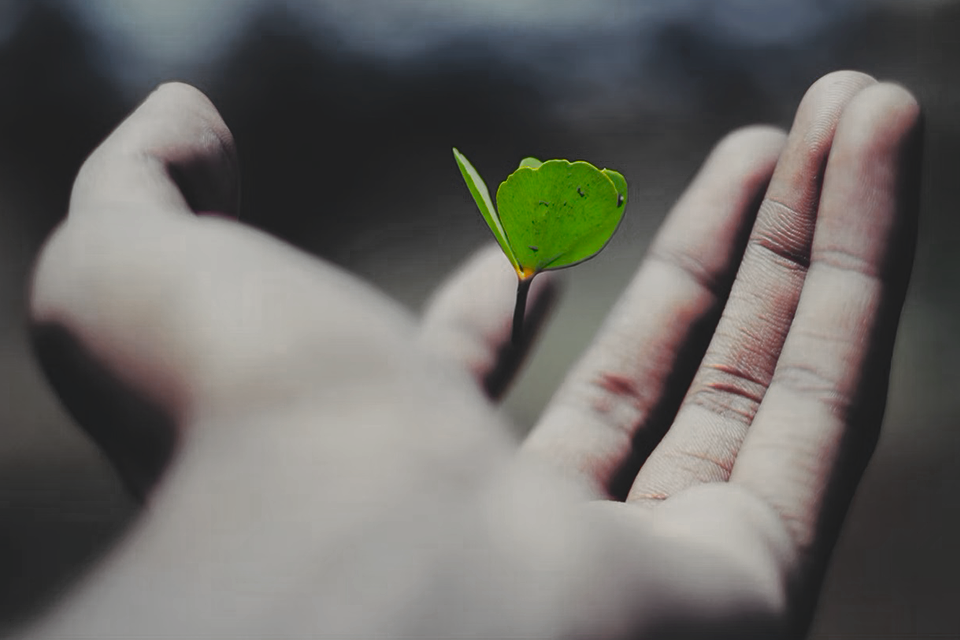A couple of weeks ago I wrote a piece about the possibility that life is not some ultra-rare miracle, but rather potentially inevitable.
A few pieces of new research out in the last few weeks reinforce this possibility, and develop it, but from different angles than the article I looked at previously.
On the one hand, analysis of the dust brought back from the asteroid Ryugu by Japan’s Hayabusa 2 mission have been shown to contain a large number of amino acids – the building blocks of life. Ryugu was formed in the very earliest years of the solar system – meaning, in all likelihood, these compounds existed in the dust from which the solar system condensed.
On the other hand, a group at the University of Queensland produced a really beautiful, in-depth paper about the ability of “superworms” (the larvae of a type of darkling beetle) to survive on a diet of Styrofoam. (Which, incidentally, is part of a lot of research which seems to have been triggered by some high school students’ work almost a decade ago! In this case, what struck me was not the actual point of the research, which was to analyze both the potential for the worms themselves to consume plastic waste and, more realistically, determine the gut bacteria (and thus the enzymes) they used to do so. Instead, what hit me was the fact that even if we did manage to effectively use the worms themselves (or their gut bacteria, or simply the enzymes produced by the bacteria) to break down plastics, we are still left with microplastics.
These are not the microplastics we have read so much about in the last few years – the tiny, visible-to-the-naked-eye balls we know are now present in the stomachs of the entire food chain. The microplastics under discussion here are a relatively new discovery – orders of magnitude smaller than grains of pollen or a human hair or a blood cell. These microplastics, for the last 2-4 years, have begun to be detected inside the cells of living organisms. One paper from just a few years ago shows these particles are now contaminating everything we consume and make their way into the cells of our own blood and organs.
Putting all of this together, my train of thinking goes as follows. It looks more and more likely that the first organic compounds in our solar system predated the solar system. If we believe these compounds resulted in the formation of the earliest life near Sol, subsequently that same life, on earth, evolved into more complex organisms. These organisms died but their organic compounds did not disappear. They became the petroleum which we have now extracted and turned into plastics. Those plastics, it turns out, seem like they might work their way deep into our food chain no matter what we do to try to prevent it. When we die, they’ll remain as our bodies decompose and, having journeyed to today from the birth of the solar system 4.5 billion years ago, there is at least some chance they will still exist in another 4-5 billion years when our solar system dies…only to become the interstellar dust which will eventually coalesce and condense into a new system…with new life.
Now, I understand that the carbon compounds which constitute plastics are not the same compounds that constitute amino acids, but they do contain the same carbon chains and rings which, for the most part, are the pieces which are so difficult to break down. It’s not very hard to imagine those rings or chains floating in the interstellar dust and, with a little interjection of energy from stellar sources, grabbing some Nitrogen and becoming those amino acids.
This is a bit fanciful, but the logical consequence is that while we may all be made of stardust at the elemental level, there is also the possibility that at the molecular level we might be made of the plastic bags, game controllers, and hiking fleeces of former civilizations. And while that’s a facetious way of putting it, there is a hopeful side to it: life, it turns out, may be more inextinguishable than the stars themselves.
